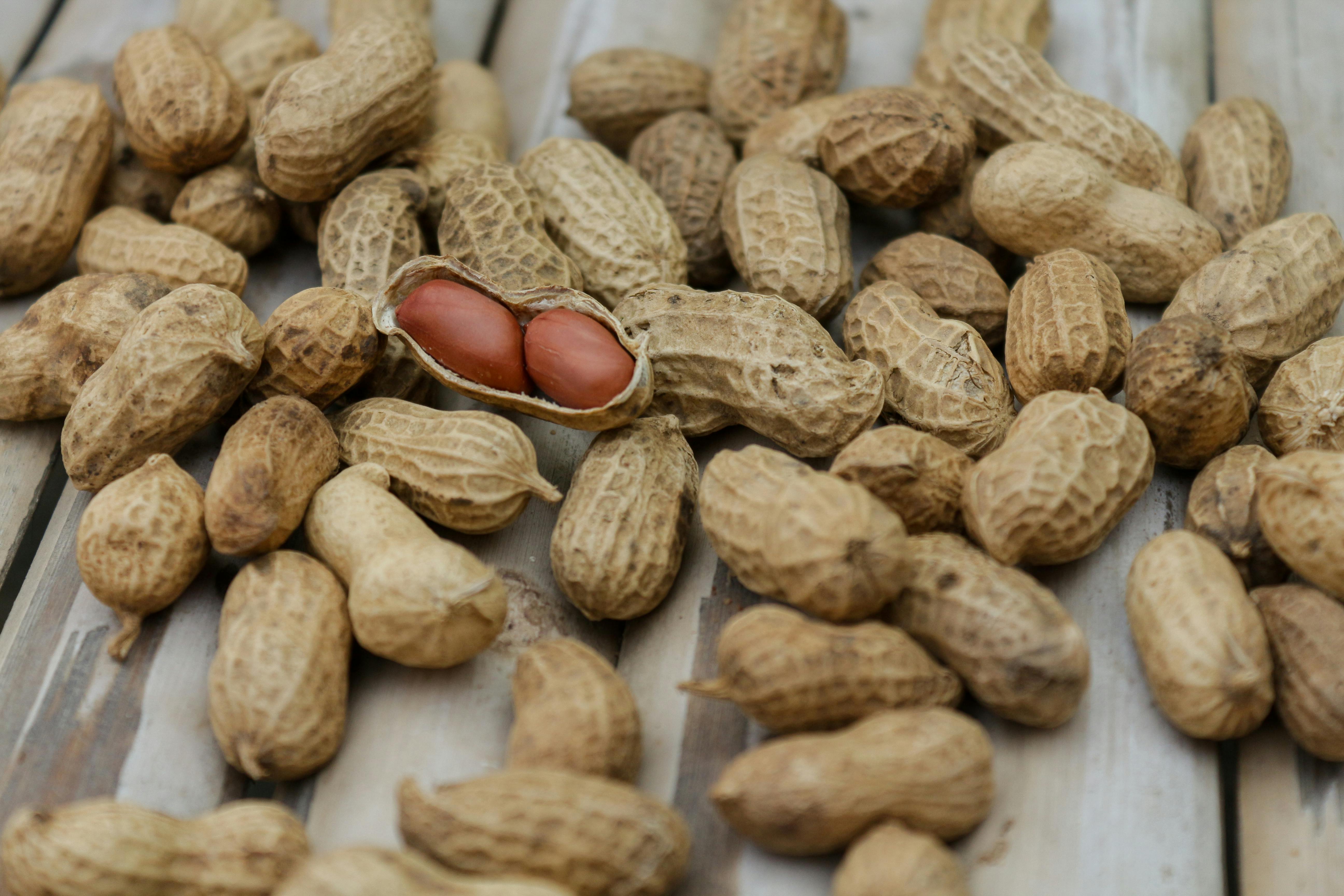Smart Ways to Grow Beets for a Bountiful Harvest in 2025
Growing beets can be a rewarding gardening experience, as they are not only nutritious but also relatively easy to cultivate. Whether you are a seasoned gardener or a beginner looking for advice on how to grow beets, understanding the essential techniques can lead to a bountiful harvest. Beets are versatile, suitable for use in various culinary applications from salads to juices. They are also known for their vibrant color, making them a visually appealing addition to any garden.
This article will explore the fundamentals of beet planting tips, optimal growth conditions, and effective management practices that lead to a successful beetroot cultivation journey. We will delve into beet soil requirements, watering schedules, pest control strategies, and much more, so you can maximize your yield in 2025. By investing time and effort into understanding these aspects, you can ensure a healthy and productive beet garden. Get ready to learn crucial techniques and smart ways to grow beets, so your kitchen can enjoy the health benefits of beets throughout the year.
Let's begin with a look into the optimal conditions and practices needed for growing beets effectively.
Essential Beet Soil Requirements for Optimal Growth
Beets thrive in soil that meets specific requirements for optimal growth. First, understanding the soil composition is crucial. Beets prefer well-drained, loose soil rich in organic matter. The ideal soil pH for beets ranges between 6.0 and 7.0, which provides the necessary nutrients for healthy beetroot development. Regular soil testing can help maintain the proper acidity, ensuring that beets receive optimal nutrients.
Incorporating beet soil amendments such as compost or well-rotted manure before planting can enhance soil fertility. These organic amendments improve soil structure, enabling better moisture retention while also supplying vital nutrients. When planting beet seeds, it’s important to prepare the soil properly by tilling it deeply and removing any debris.
Building on these fundamentals, let’s explore effective practices for watering beets to ensure robust growth.
Establishing a Beet Watering Schedule
Watering is a critical aspect of beet care, impacting both root size and overall yield. Beets require consistent moisture, especially during the germination stage. The beet watering schedule should ensure that the soil remains consistently moist but not waterlogged, which can lead to root rot.
As a rule, beets need about 1 inch of water per week, either from rainfall or supplemental irrigation. When initially watering after planting beet seeds, use a gentle spray to avoid displacing the seeds. Once seedlings emerge, gradually increase the watering depth to encourage deeper root growth.
It's crucial to monitor watering conditions; adjusting frequency based on seasonal weather changes can prevent stress on the plants. Additionally, incorporating a layer of mulch around the plants can help retain moisture in the soil while reducing weeds. Let’s discuss how to manage pests effectively as you grow your beets.
Pest Control for Beets: Tips and Techniques
Managing pests is essential for maintaining beet health and maximizing yield. Various pests can affect beets, including aphids, leaf miners, and beetroot weevils. Implementing natural pest control methods for beets is preferred, promoting a healthy garden without chemical residues.
Companion planting beets with herbs like basil or marigold can deter harmful insects and encourage beneficial ones. Another effective strategy is regular monitoring for signs of pest activity, allowing for timely intervention. If a pest outbreak occurs, utilizing insecticidal soap can be an effective treatment option. Furthermore, practicing crop rotation with beets can disrupt pest life cycles, reducing the risk of infestations.
Having covered pest management techniques, let’s move on to fertilization methods for robust beet growth.
Beet Fertilization Methods for Healthy Plants
Proper fertilization methods are crucial in supporting the nutritional needs of beets throughout their growth stages. Before planting, testing the soil can provide valuable insights into its nutrient content, helping to determine the best nutrients for beets.
Organic beet growing practices advocate the use of natural fertilizers, such as compost tea or fish emulsion, which can boost soil health and improve beet growth. During the growing season, side-dressing with organic fertilizers rich in nitrogen, phosphorus, and potassium can encourage beet root development.
Incorporating beet soil amendments not only enhances nutrient availability but also promotes better soil health overall. Remember to follow the recommendations from soil tests when fertilizing to avoid over-fertilization and potential root damage. Understanding beet disease management is also necessary as you cultivate beets through various seasons.
Beet Disease Management: Protecting Your Crop
Preventing and managing diseases is important in ensuring a successful beet harvest. Common beet diseases include downy mildew and powdery mildew, which can adversely affect plant health if left unchecked. Establishing a solid disease management plan can minimize risks and protect your crops.
Regular crop rotation and avoiding overcrowding in your beet garden can significantly reduce disease incidence. Implementing proper watering techniques, such as watering at the base of plants in the morning, can also help minimize foliar diseases caused by excess moisture on the leaves. Keeping the garden clean and removing any diseased plants promotes a healthier growing environment.
With disease management strategies in mind, let’s transition to effective harvesting techniques for beets.
Harvesting Techniques for a Successful Beet Crop
Harvesting beets at the right time is key to enjoying their optimal flavor and size. Baby beets can be harvested early for those who prefer smaller roots, while mature beets reach their full size after about 50 to 70 days post-planting. Signs that indicate it's time to harvest include roots peeking through the soil and foliage that shows signs of wilting.
To properly harvest beets, loosen the soil surrounding the roots using a garden fork, being careful not to damage the roots. Grasp the greens and gently pull the beets out of the soil, or use a digging tool to facilitate the process. After harvesting, beets should be handled carefully to avoid bruising to ensure maximum storage potential.
Following the appropriate harvesting techniques leads us to explore beet storage techniques that can keep your harvest fresh for longer.
Beet Storage Techniques for Extended Freshness
After harvesting, proper beet storage is essential to prolong shelf life and maintain flavor. Beets can be stored in a cool, dark, and humid environment, such as a root cellar. When storing beets, it’s advisable to trim the tops to about an inch above the root to prevent moisture loss.
For a more extended shelf life, consider pickling or freezing beets, which can serve various culinary uses while preserving their health benefits. Be sure to wash beets thoroughly but avoid washing until just before storage, as excess moisture can lead to rot.
With a focus on harvesting and storage, we can now address common questions related to beet gardening to enhance your understanding further.
Q&A Section: Common Questions About Growing Beets
What is the best time to plant beets?
The best time to plant beets is in the spring, as soon as the soil can be worked, or in the fall for a later harvest. In moderate climates, you can plant beets for a fall harvest to enjoy fresh produce well into winter.
What are common beet planting mistakes?
Common mistakes include overcrowding plants, neglecting soil pH adjustment, and incorrect watering practices. Ensuring adequate spacing and following soil requirements can mitigate these issues.
How do I encourage beet root development?
Encouraging beet root development involves proper watering, nutrient-rich soil, and avoiding excessive competition for resources from weeds. Use mulch to maintain soil moisture and suppress weed growth for better results.
Beet Culinary Uses and Health Benefits
Beets are versatile in the kitchen, offering numerous culinary uses from salads to juices. Beet salads, for example, can be packed with flavor and nutrients, making them a healthy dietary option. Additionally, the nutritional benefits of beets, such as their high fiber and antioxidant content, make them a favorite for health-conscious consumers. Recipes such as beet smoothies are not only delicious but also offer energy-boosting benefits.
In summary, knowing how to grow beets effectively encompasses various aspects, including optimal soil conditions, watering schedules, pest and disease management, and proper harvesting techniques. With the right information and practices, you can cultivate a successful beet garden, leading to delicious dishes that will benefit you and your family throughout the year.


